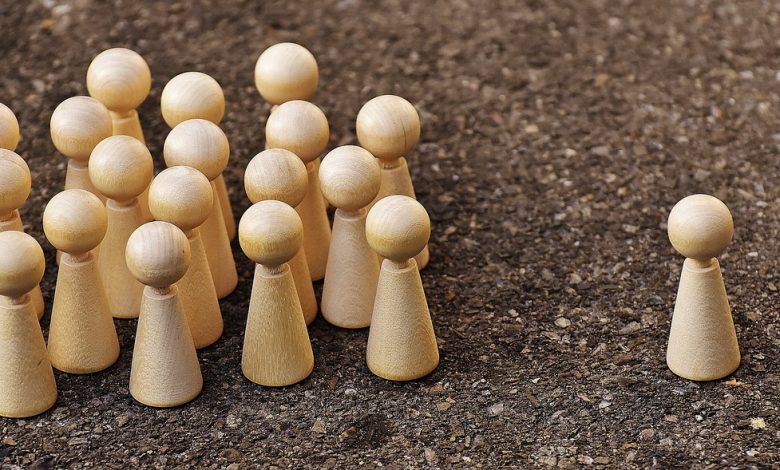Redefining Bullying

The topic of bullying came up this weekend, and my trans daughter blithly commented “I haven’t been bullied. I haven’t even seen bullying.” Knowing what she has experienced, I looked up in surprise. She doubled down “I haven’t,” then explained why.
I am thrilled that my child is positive and appears pretty unscathed, and to be clear, my child hasn’t experienced human awfulness as much as many have. This is partly because she is 7, so she hasn’t experienced much yet. Also, the snide comments and shitty acts tend to land at our feet as her parents and we buffer as much as we can.
It is also because her school has immediately addressed incidents as soon as they were made aware of them — talking to the child and the child’s parents about the actions, then pulling in my child and reminding her of her school support network. Her school has been wonderful in supporting her. We are extraordinarily fortunate to be able to send her to a public school where she feels accepted and loved by all of the staff and most of her classmates.
But absolutely none of our family’s good luck negates the fact that people who live in less fortunate places than we do face bullying every day of a type that does not rise to the definition schools currently use. Also, it does not negate the problems that arise when multiple children make multiple cruel comments or act meanly to her.
Which is what happened when she started school and summer camps 2 years ago. She encountered a less curated version of the world, and did so without parental buffer zones. While I want her to be more independent, I hate that she has experienced more mean words and actions as she’s aged.
Combined, those acts add up to a lot of experiences with peers and adults telling her she is not welcome in their world. Were they to be done by a single individual or group, it would qualify as bullying, which many states require organizations to address in specific ways under laws preventing bullying.
But, the way in which we currently define “bullying” in schools means that many bullied children have not technically experienced bullying because each of the incidents was instigated by a different child. For the incidents to rise to the charge of bullying, they must meet two criteria that are pretty universal for schools and community groups in the U.S.
- Imbalance of Power: physical size, popularity, “access to information”
- Repetition: “behaviors happen more than once or have the potential to happen more than once” (from StopBullying.gov)
By default, when a kid is one of a small handful of out trans kids in their school, there is an imbalance of power, so the first criteria is met from the get go.
But that second criteria. . .that’s a tough one to meet in these situations because it’s not a single person picking on these kids–the cruelties are spread across the student body. It’s the difference between Draco Malfoy and the entire passenger list of the Orient Express (or the Roman senate).
This manner of understanding bullying ignores the ways in which several acts by a single person over time are equal to (or perhaps less painful) as the same number of acts by separate individuals.
The first is bad, and unacceptable of course. The second is bad, and causes greater isolation because it feels more like the entire student body supports the cruelties. Death by a thousand cuts is still death, whether it is one person or one thousand people doing the cutting.
I think we define bullying in a perpetrator-centered way because it makes a complicated problem simpler. We can catch the individual bully, and provide education and consequences. But, when multiple people act in hurtful ways independently, a whole lot of hurtful behavior slides through the cracks and the greater damage gets minimized by the organization, community, and by the bullied children themselves.
When the meanness comes from scattered members of the student population, it makes it harder to fight back or find refuge. And that hardship is swept aside by the institutional concept of “repetition” being tied to the bully, not to the bullied. There is no one “bad kid” to punish, hence there is no “bullying.”
Defining it in a way that focuses on how often the bullied individual is mistreated by multiple individuals means facing the larger problem of toxic cultures head on. But, in the end, that’s what we have to do to make our schools and community spaces truly safe.
(Featured image by Alexas_Fotos from Pixabay)




